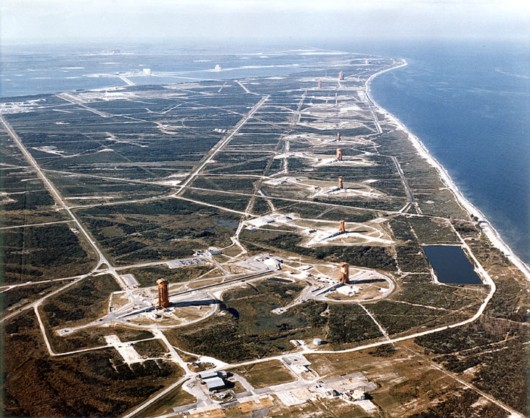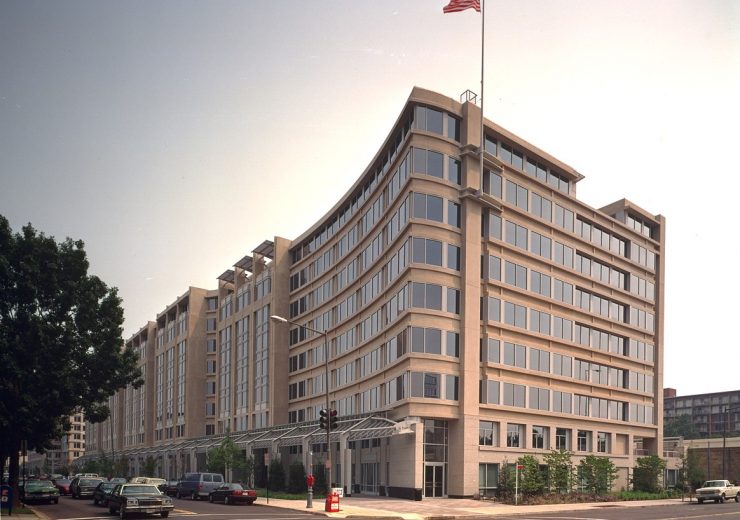


For the next 20 years, she analyzed the data from wind tunnel experiments and test flights to learn more about how the layer of air closest to an aircraft behaves, and how that affects the aircraft’s flight. Jackson, who had grown up in Hampton and graduated from the local Hampton University in 1942, needed special permission to set foot in the high school’s classrooms, even after hours.īut despite that, in 1958, she became a full-fledged NASA aerospace engineer. The University of Virginia held night classes in graduate-level math and physics at Hampton High School – but the high school was racially segregated. She had to ask the city of Hampton, Virginia, for permission to go to her classes. To accomplish that, Jackson had to navigate another racist hurdle. Czarnecki, who had recruited Jackson especially for the wind tunnel team, encouraged her to take graduate courses and apply for a promotion from mathematician to engineer. The wind tunnel gave Jackson hands-on experience with the engineering experiments she’d spent two years doing the math for behind the scenes. Langley’s 122 cm (4 ft) wide wind tunnel used a 60,000 horsepower engine to blast aircraft models with wind nearly twice the speed of sound so engineers could watch what happened. Johnson had joined West Area Computing in 1953, the same year Jackson transferred to work with engineer Kazimierz Czarnecki on the Supersonic Pressure Tunnel, which was every bit as cool as its name suggests. Two years later, in 1960, her colleague Katherine Johnson also helped change the status quo by becoming the first woman at NASA to have her name on a published report, formally taking credit for her work.


 0 kommentar(er)
0 kommentar(er)
